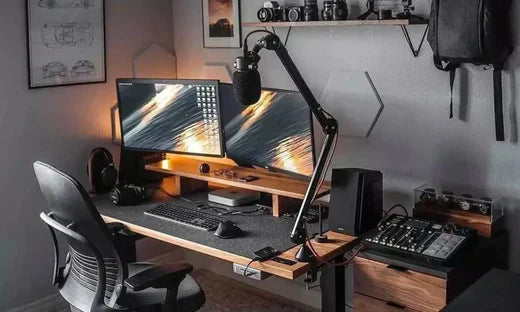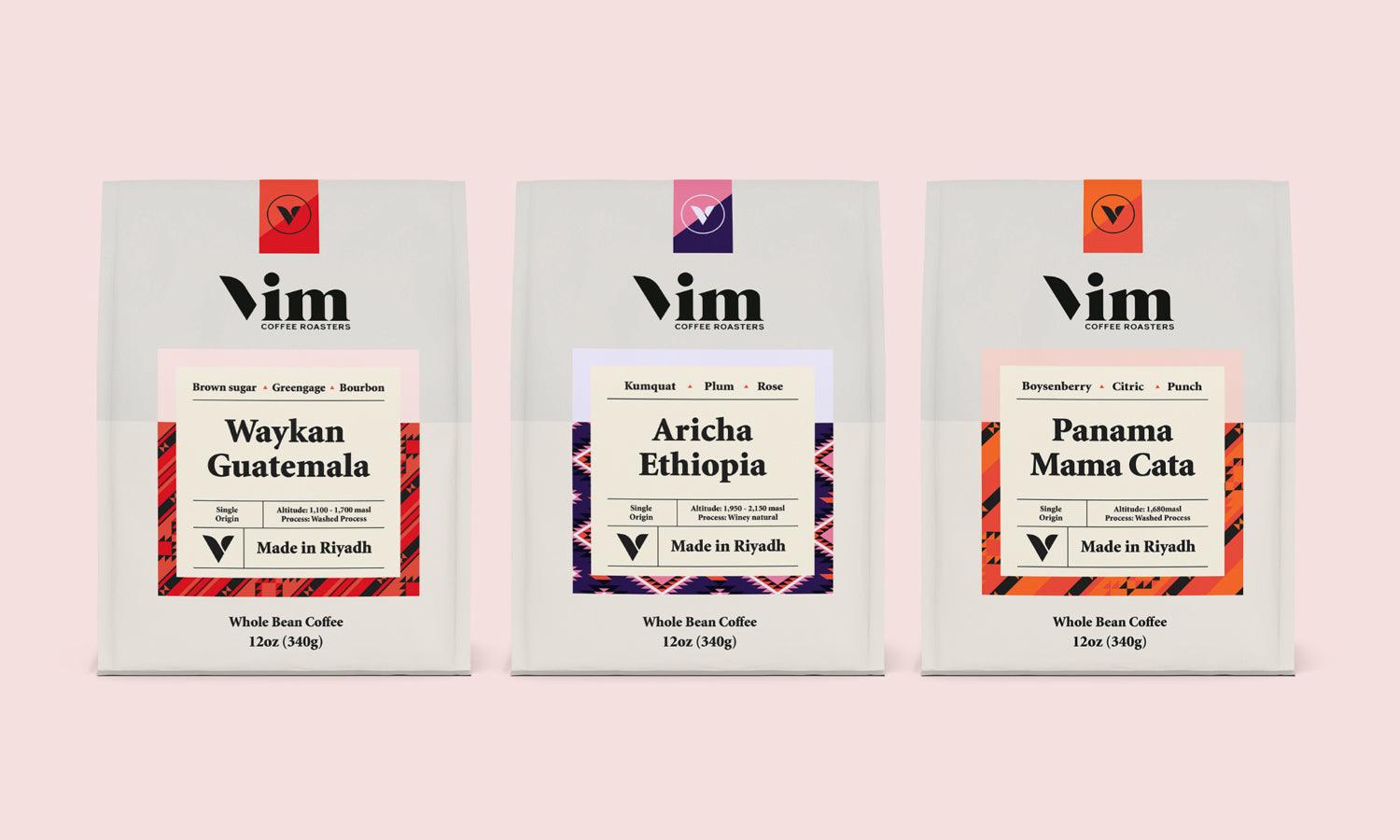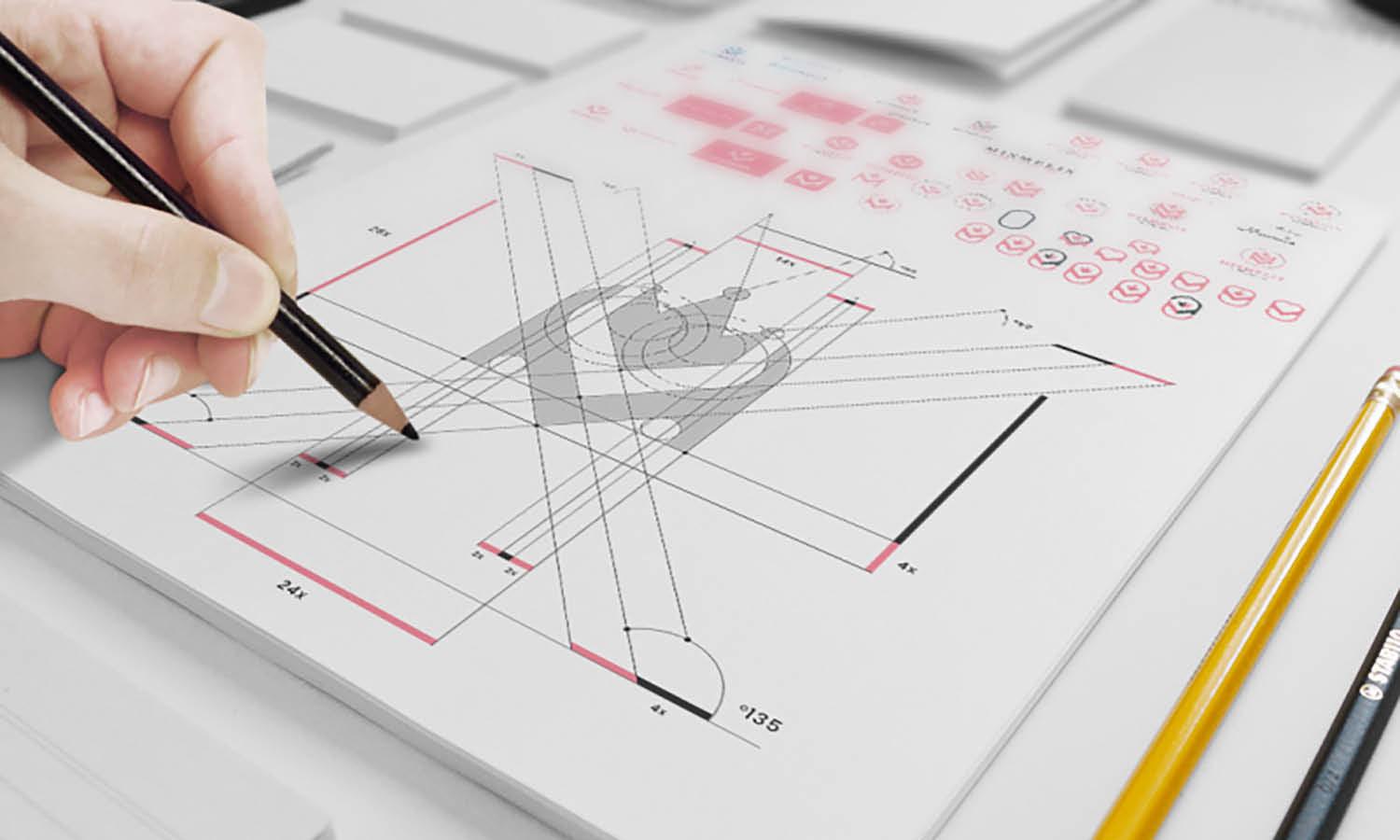Mission-Driven Transitions: Supporting Veterans in Innovation Ecosystems

For many veterans, the end of military service marks the beginning of a new mission—one defined by problem-solving, invention, and service to national security through new avenues. Across the country, a growing number of former service members are stepping into roles in technology startups, research labs, venture accelerators, and academic collaborations. Their skills are sharp, their experiences unique, and their commitment to the mission remains unwavering.
What’s often less visible, though no less essential, is the infrastructure that supports this transition. Innovation ecosystems don’t just run on good ideas—they rely on people who are grounded, prepared, and able to contribute consistently. For veterans, that readiness begins well before the prototype or pitch deck. It starts with essential building blocks: a secure home, access to education, financial resources, and a community that understands both their service and their future potential.
Veterans as Innovation Assets
Veterans bring a discipline and clarity to problem-solving that’s difficult to teach and even harder to replicate. Years of high-stakes decision-making, leadership under pressure, and working within complex systems create a mindset well-suited for innovation. In sectors where national security and emerging technology intersect, that mindset is more than valuable—it’s essential.
Recognizing the value of that mindset, more institutions are designing programs that intentionally draw veteran talent into the innovation space. Whether it’s contributing to dual-use technology development, launching mission-aligned startups, or joining interdisciplinary research teams, veterans are finding new ways to serve. Their ability to assess risk, lead diverse teams, and maintain focus in uncertain environments makes them ideal contributors to the kind of strategic innovation national security increasingly demands.
The Foundation Beneath the Innovation
Transitioning out of uniform is more than a career move. It’s a shift in rhythm, community, and environment. For veterans stepping into innovation ecosystems, housing isn’t peripheral—it’s foundational.
Secure housing provides the consistency needed to pursue demanding goals—whether that’s building a startup, contributing to defense technology, or conducting dual-use research. Instability in this area can compromise everything else.
According to the U.S. Department of Housing and Urban Development, more than 35,000 veterans experienced homelessness on a single night in 2023. The report notes that veterans who experience housing instability frequently face compounding challenges as they reintegrate into civilian life. Programs like HUD-VASH have demonstrated the long-term impact of housing assistance in helping veterans rebuild civilian lives. A secure home is more than comfort—it’s a strategic resource.
Regional Gaps and Groundwork: Where Veterans Land Matters
Not every innovation ecosystem offers the same conditions for veteran success. The cost of living, proximity to veteran services, and housing availability vary widely, and these differences can determine whether a veteran can fully engage with post-service opportunities.
In states like Colorado, where military communities are deeply embedded in local economies and innovation hubs, access to stable housing plays a direct role in veteran engagement. Cities like Colorado Springs, Denver, and Boulder are home to major defense contractors, aerospace startups, and universities running Department of Defense-funded programs. Veterans settling in these regions often rely on Arnaiz Mortgage and their offer of Colorado VA loans to purchase homes near professional and educational opportunities. These loans offer competitive interest rates, no down payment requirements, and protections that make long-term housing more accessible.
By contrast, in states like California, where property costs remain prohibitive even with VA loan benefits, or North Carolina, where growing veteran populations strain housing near tech corridors, the path to stability can be more complex. Even in veteran-dense regions such as Texas and Virginia, accessibility often depends on local policy, inventory, and alignment with regional industries.
Housing, then, is not just a backdrop to innovation. It shapes where veterans can live, learn, and contribute. The more accessible it is, the more likely they are to establish roots in regions where their skills can serve national priorities.
Designing Ecosystems That Work for Veterans
A veteran-friendly innovation ecosystem does more than welcome former service members—it is intentionally structured to reflect their strengths, support their transitions, and create entry points into opportunity. These environments recognize that veterans bring operational experience, resilience, and a mission-oriented mindset that aligns closely with the demands of early-stage ventures and defense technology development.
Support in these spaces must extend beyond funding or mentorship. The success of a veteran innovator often depends on access to stable housing, financial tools, and services that account for the health challenges veterans face. Mental health, physical recovery, and long-term wellness are inseparable from the ability to take on complex, future-oriented work.
Veterans entering these environments are not simply adjusting to new roles—they are applying hard-earned experience to some of the most pressing challenges in national security. With systems designed to support their potential, they are well-positioned to lead.
Conclusion
Veterans bring more than discipline and leadership to the innovation space—they bring a perspective shaped by service, accountability, and purpose. When that perspective is supported by housing, health resources, and access to opportunity, the result is not only a successful individual transition but also a strengthening of the national security innovation ecosystem as a whole.
The infrastructure behind this success isn’t always visible, but it’s essential. In regions where housing, financial tools, and veteran-focused programs intersect, veterans have the foundation they need to move forward. Through community design, policy, and intentional investment, we can create environments where service members continue to contribute well beyond the uniform.















